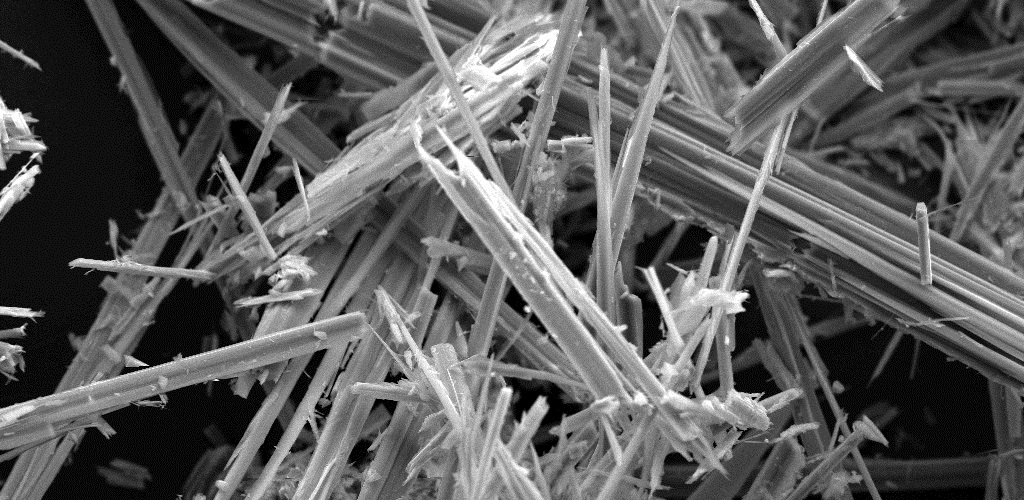The Safety, Health and Welfare at Work (Exposure to Asbestos) (Amendments) Regulations 2010 (S.I. No. 589 of 2010) apply to any work activity which exposes a person to risks arising from the inhalation of dust from asbestos or materials containing asbestos.
Within the Regulations, a single exposure limit value is provided. This is for any activities where exposure to Asbestos dust may occur in the air.
Also, regulations emphasise the need for adequate training for those involved in demolition and asbestos removal activities.
Did you know?
If you are in a building which was built prior to 1999, Asbestos was possibly used in the building materials, such as insulation and fireproofing.
After 1999 it became illegal to place asbestos or asbestos-containing products on the market.
What is Asbestos
Asbestos is the name given to a group of natural occurring mineral fibres, which are strong and both heat and chemically resistant.
In the past asbestos was often used in as insulation. It was also often used as a component in other building materials.
Why is Asbestos dangerous?
The risks associated with Asbestos lay with the possibility that the fibres within the asbestos containing material (ACM) can become released into the air and could then be inhaled. Breathing in air containing asbestos fibres can lead to diseases such as cancers of the chest and lungs. These diseases will often not occur for between 15 – 60 years after exposure. There are a number of things you can do to avoid Asbestos Exposure.
Is Asbestos still in use?
Asbestos (or asbestos containing materials or products) is now prohibited for use, re-use, sale or supply. Despite this fact, products or materials containing asbestos, which were installed or in service prior to the prohibition, can remain in place until they are disposed of or reach the end of their service life.
For this reason, there is still potential for exposure to asbestos in a many workplaces due to the large quantities of asbestos and ACM’s which were used in the past. There was recently a call to put asbestos beyond the pale, you can read more about it here.
What to do to ensure Compliance.
[checklist type=”checked” margin_bottom=”yes”]
- Have an Asbestos Management survey (former Type 2) and Asbestos Refurbishment / Demolition survey (former Type 3) with comprehensive report completed by a Consultant.
- Have a site clearance certificate completed.
- Hire a Project Manager for Asbestos Removal.
- Ensure Asbestos Air Monitoring is carried out.
[/checklist]
Click here for a full list of Asbestos Consultancy services that we offer.
For more info on Asbestos please visit the HSA Website

